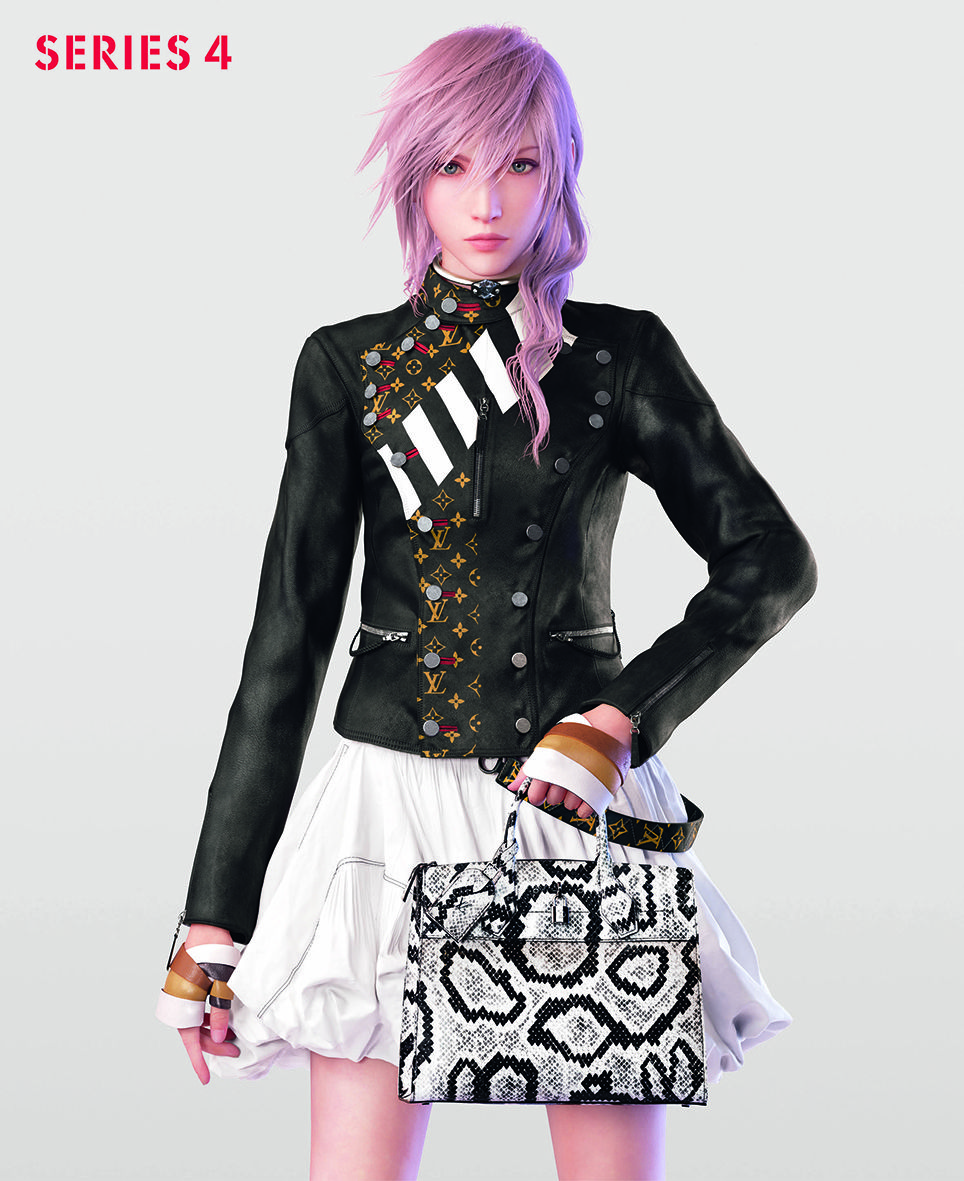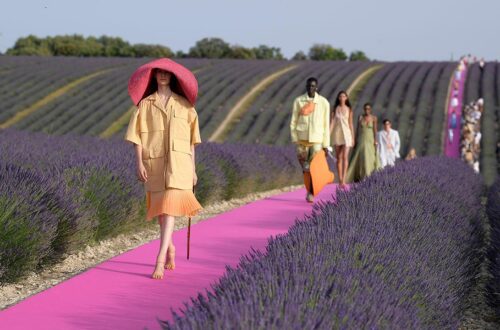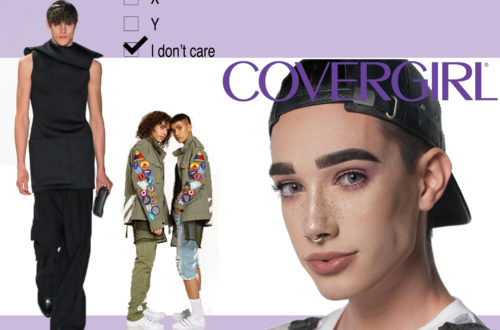Fashion has always been one of the most dynamic industries, always changing and coming up with new and fresh ideas to keep every consumer interested. That includes one of fashion’s most important tools: collaborations. Brands collaborate with each-other, and also with companies from different industries such as food, hospitality, automotive, and much more. And now fashion has found a new territory to explore: video-games. This comes both in the form of collaborations of fashion brands with well-known videogames, as well as through the creation of some of their own.
One of the most recent examples of fashion companies creating their own video games is Burberry’s B Bounce game that was released last month and is available to play on the brand’s official website. The game is similar to the popular app Doodle Jump, introduced around ten years ago, and features a deer-shaped character racing to the moon and collecting TB logos on the way. Of course, the character wears a Thomas Burberry monogram puffer jacket, which the player can select.
This is a very innovative and attention grabbing move from Burberry, and it is the first time the luxury brand has reached out to the new generation of young consumers in an interactive game. Mark Morris, senior vice president of digital business at Burberry commented: “We know that online, a new generation of young consumers are living in an increasingly diverse and interactive environment. We are delighted that they can join the Burberry community in the form of game interactions to experience our latest collection of down jackets.”
Earlier this year, a similar initiative was introduced by creative director Virgil Abloh at Louis Vuitton. On instagram, he revealed a new game inspired by his F/W 2019 collection. Embracing a retro 16-bit style, the game titled Endless Runner also has a simple concept. The player jumps over obstacles within a backdrop resembling New York City, and collects Louis-Vuitton themed tokens.

Louis Vuitton has also previously delved into the video-game world in 2016, when they made Final Fantasy 13’s heroine Lightning the new face of their spring clothing line. But unlike the previous examples, this was more than a simple stunt to get the younger audience interested. They used the character in many campaigns and positioned this collaboration as a huge advertising opportunity. She was not just a model, but a headliner for the campaign, with human models coming after her.
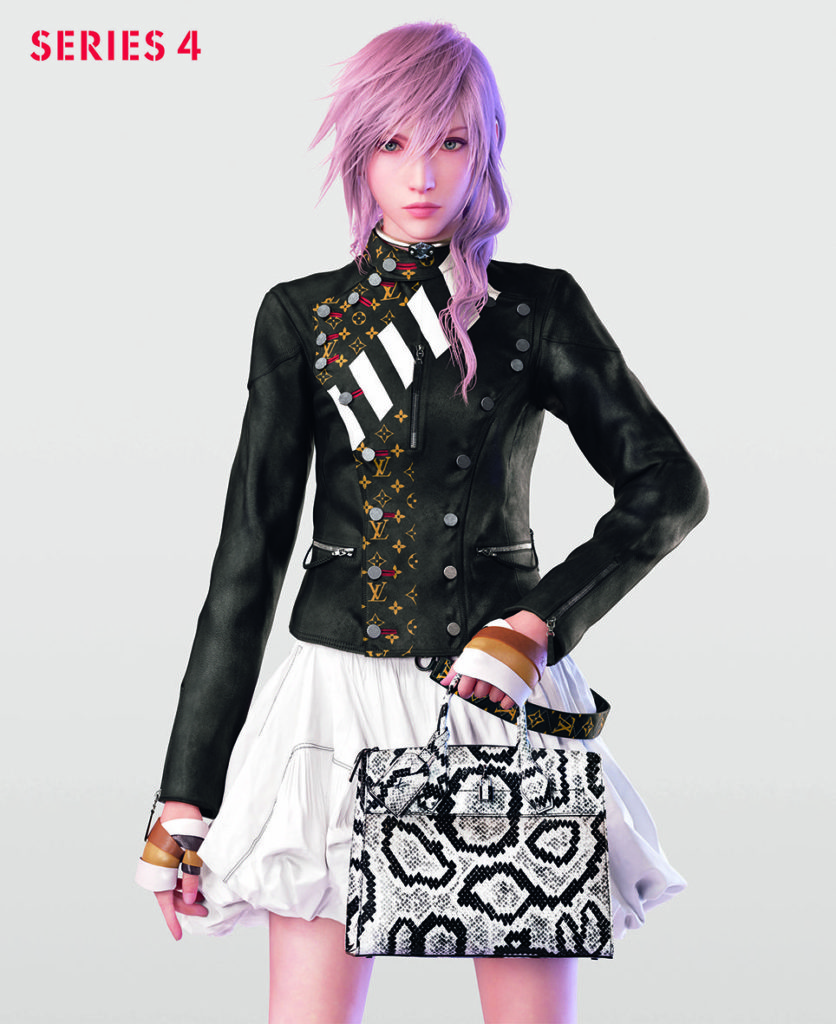
Another important reason for this choice was the Asian luxury market. This market is one of the keys for success for fashion and luxury brands, so it makes sense for Louis Vuitton to add to its efforts of reaching this consumer segment. But one of the most influential collaborations this year was launched in April, and it between Moschino and Electronic Arts, which led to the release of a Stuff Pack featuring Moschino outfits within the Sims game, and also a real-life collection by Moschino inspired by the Sims. The collection features iconic symbols from the Sims such as the plumbob and llama, reimagined as Moschino couture pieces.
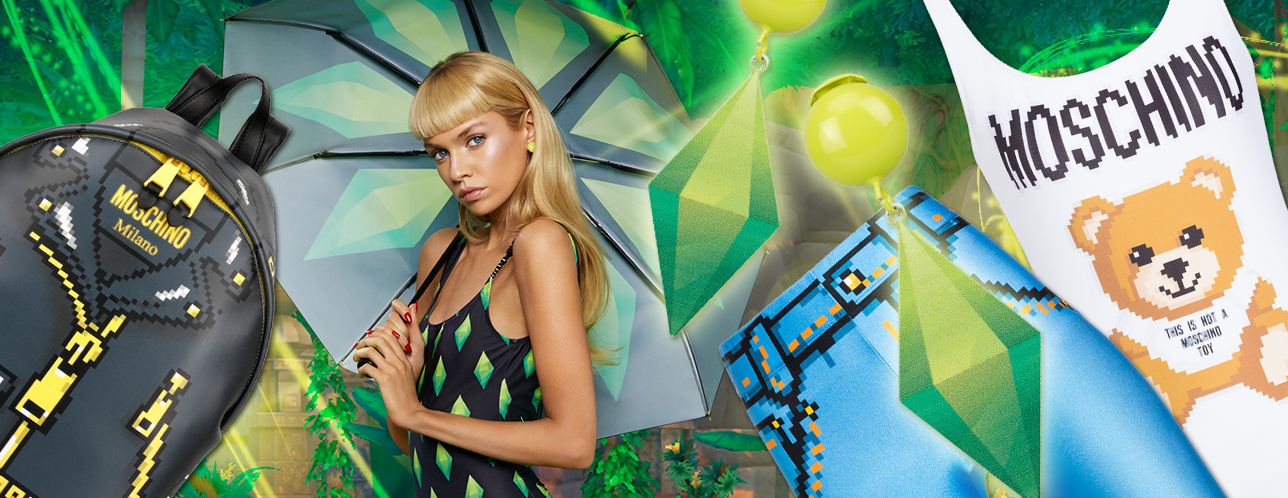
Both brands are known to celebrate individuality within their respective industries, so the collaboration is a perfect fit. “I love the idea of being able to imagine, design and bring to life a world of individual personas with The Sims universe,” Jeremy Scott said. “That concept emulates what I get to do for each collection at Moschino as I create a fantasy universe of spectacular storylines and characters.”
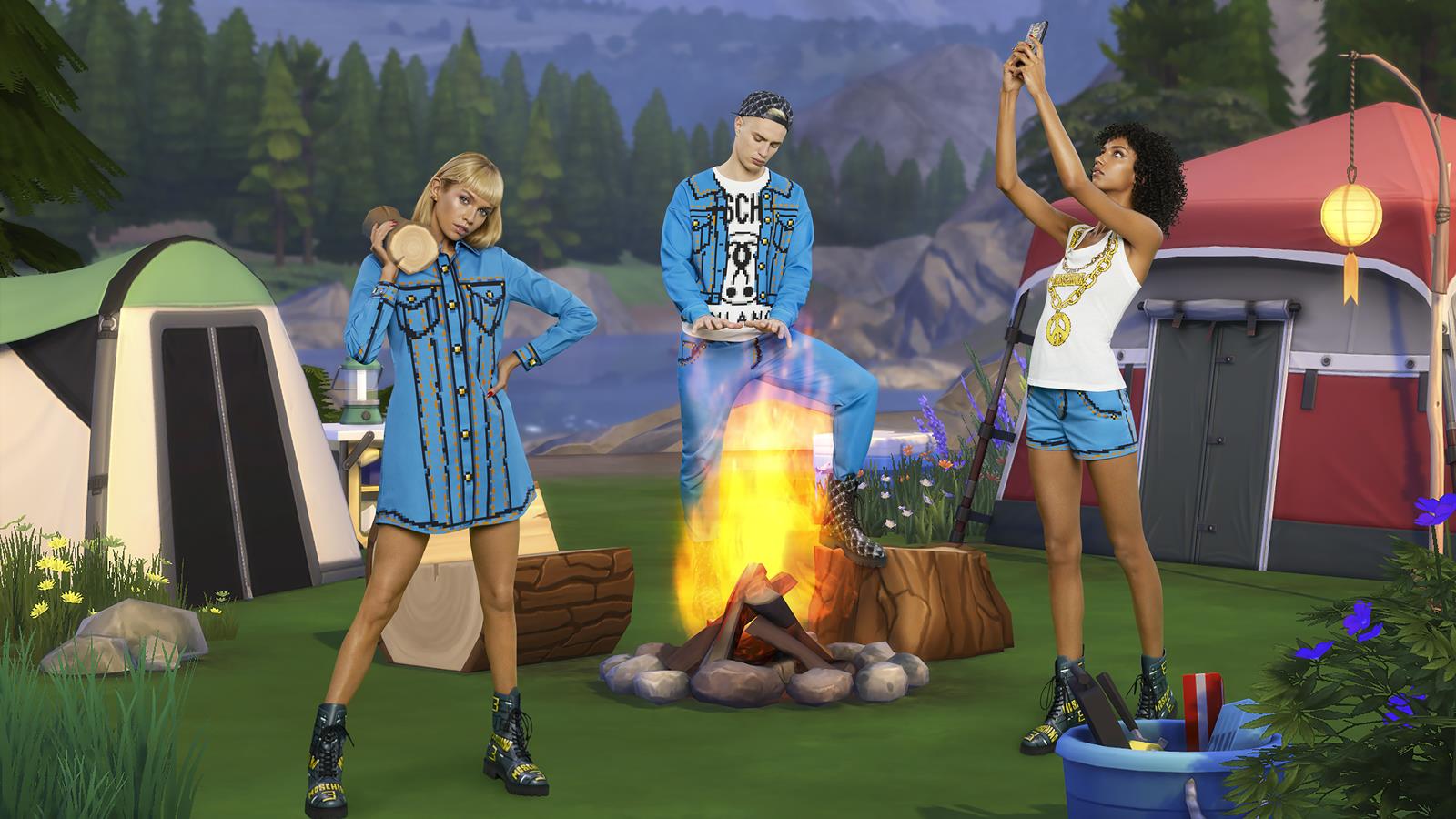
It seems that for the fashion industry, this year has been the that of exploring the videogame world which had previously only been lightly experimented with. And with big-name brands tapping into this opportunity, we can surely expect many more brands to incorporate this innovative side within their business. It is a great chance to connect with the younger and more digitally-involved generation, and fashion would certainly not miss out on anything to reach a wider audience.
By Selin Hatunoglu

